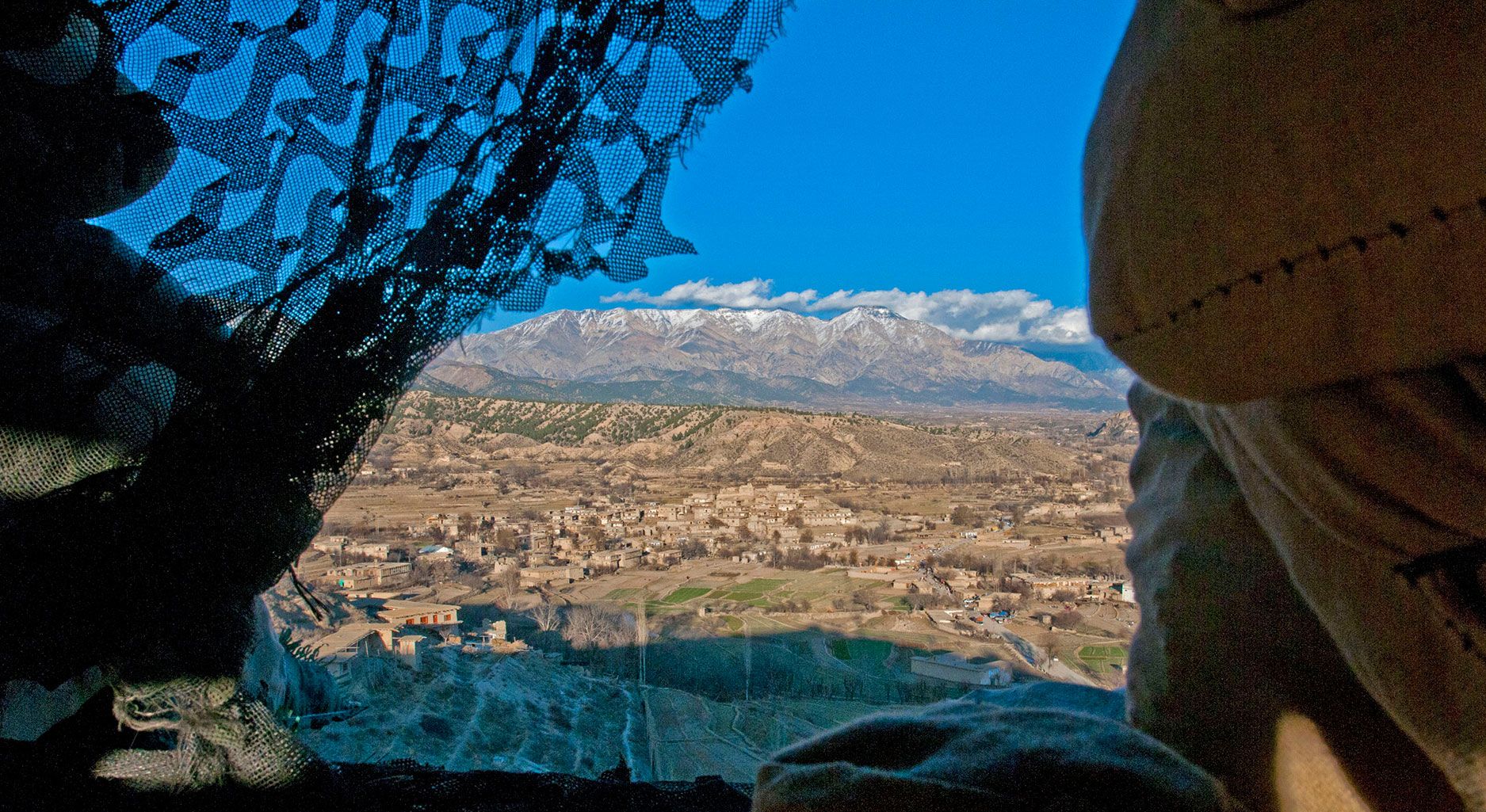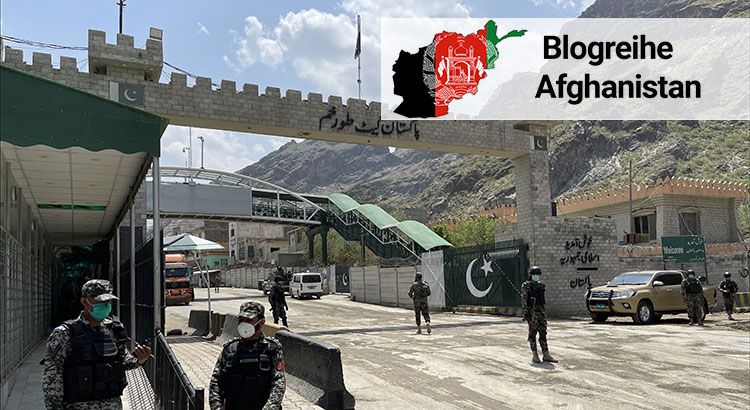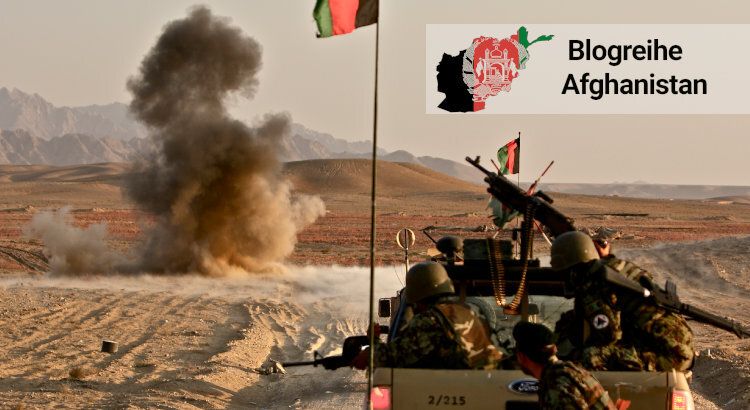The Resurgence of the Pakistani Taliban – Implications for Afghanistan-Pakistan Relations
In December 2024, the Tehreek-e-Taliban Pakistan (TTP), or Pakistani Taliban, attacked Pakistani security forces. The Taliban, who have taken refuge in Afghanistan, have been targeting Pakistan from their base in Afghanistan. This incident is part of a series of attacks that have been taking place since 2021, in the wake of the US withdrawal from Afghanistan. Initially, it was expected that the return of the Afghan Taliban would benefit Pakistan's strategic interests. However, the opposite has happened. This article examines why and how the TTP is catalysing a gradual deterioration of the relationship between the neighbouring countries of Afghanistan and Pakistan (Af-Pak).


